
The crowd is small but feverish inside the Iguana, just north of Times Square. From the bandstand, a fiddle sings out for four bars. A trumpet follows with a solo. The fedora-clad crowd cheers and dances. The era of prohibition, with dim-lit speakeasies and nondescript doors, may be over, but on the second floor of this Midtown club, the past is still alive.
On Monday and Tuesday nights at 54th and Broadway, Vince Giordano and his Nighthawks own the stage. They preach 1920s and ‘30s jazz sermons to a rapt and lively crowd. The piano twinkles with an echo of ragtime, the horns play fast, in perfect unison. The ensemble of eleven looks sleek in matching tuxedos, part of the big band aesthetic Giordano requires. At 65, Giordano exudes a cool charisma—the music seems to permeate his every step. He stands at over six feet tall, and sings into the microphone with the same nostalgic intonations that emanate from records of the bygone era.
When Giordano decided to dedicate his life to the music, he faced long odds for success. The big band scene began to wane after World War II, when bebop took center stage in the jazz community, and rock ‘n’ roll pushed the sound further out of the mainstream by the 1960s. The sounds of 1920s and ‘30s big bands kept the attention, though, of a young and ambitious Giordano. The Brooklyn-born musician developed a passion for the sound after hearing rock ‘n’ roll bands cover Sinatra in clubs, and listening to big band jazz records he found in his grandmother’s attic. “I used to have this giant reel-to-reel when I was a kid,” Giordano tells me. “I’d run all around Long Island and plead with record collectors to let me tape recordings I couldn’t find.” This determination and love led Vince to start his own band in his early twenties, but it was difficult to find the right players. The days of big band had all but faded away, and only small combos would play the music. “I kept trying, and collecting arrangements. You have to call musicians and tell ‘em we want to rehearse, but there’s no gig.” There was more interest in later evolutions of big band, chiefly swing, and without a guarantee of payment, those who had the chops were likely to pass. The jazz musicians in the 1960s were into “swing and Duke Ellington, ‘In the Mood’ and ‘Take the A Train.’ That’s what most guys were playing.”
In the mid-Seventies, Giordano began to hit his stride when he met Rich Conaty, a radio DJ who would spin old big band records. Conaty was equally ambitious in keeping the music alive, though he didn’t play an instrument. The two became a team, and pursued the formation of a 1920s/1930s ensemble. They concocted a plan to find the right musical fit: why attempt to persuade young players to take an interest, when the original musicians were still alive? Giordano and Conaty scoured record collecting books and compared the names to musicians’ union rosters. Of the men and women that they found, some hadn’t played in thirty years—others turned down the offer because the money wasn’t right, or the genre had lost its appeal in their eyes. Through sheer determination, however, the two found an ensemble of ten that fit the bill. Using connections Conaty had at Fordham University, the newly formed big band landed a gig for a university Christmas party. The only downside was that their group was slotted to close the show, following a contemporary rock ‘n’ roll band. “I got cold feet,” recalls Giordano, “I didn’t think it would go over well. I asked if we could reverse the order.” No luck, but when the big band did play, they won the crowd. “By the time we went on everyone was blasted and we played really fast numbers, all the kids were jumping around.”

The band went on to find an audience at Eggbert’s in Queens, where they landed a residency. The aesthetic of tuxedos, allure of nostalgia, and the romanticism of the 1920s and ‘30s drew in a loyal group of listeners and dancers. People professed renewed excitement in this type of music that many had started to forget. After a couple of months, though, the owner desired a change. “He said I like you, but I hate this music,” Giordano remembers. The ensemble hit another snag when Conaty was offered steady work on a radio show in Pittsburgh. Conaty headed across state lines, while his partner stayed and led the band on his own. The split was amicable, but Giordano had to use the fervor he honed as a child to find steady work. Young players were still more interested in avant-garde jazz to express their styles and skill, so Vince continued to recruit older talent with a hard sell. Soon, a venue caught his eye. The Red Blazer on 88th and 3rd played Dixieland jazz and 1940s big bands. “Every night they had this older music,” Giordano says, “So I asked ‘em: how about a ‘20s big band?” The idea was persuasive, and soon Giordano’s big band took the stage. The ensemble was composed of veterans of the genre, the age range of players between seventy-seven and eighty-six. One member was Bernie Privin, a trumpeter from the legendary Artie Shaw Orchestra. Another played with Benny Goodman in his heyday. Giordano stood out in his tux and clean-shaven, twenty-five-year-old face. “Everybody wanted newer and younger guys,” Giordano says. “I didn’t care. That went on for a while and then we made a record.”
Age eventually caught up with the group. Some members had to retire; a few passed away. By this time, though, Giordano’s cultivation of legendary players who demanded perfection had stirred interest in younger musicians. A fresh-faced generation began to approach him after shows and ask for auditions. With a new cast of players came a new energy, and Vince Giordano’s Nighthawks were born.
The ensemble’s make up is eclectic. Phono-fiddle and saxophone player Andy Stein came from chamber music origins before joining Commander Cody and touring the country with them, opening for the Grateful Dead. Percussion, at first, posed a problem: “Drummers were really hard in those years,” Giordano says. Most drummers “really didn’t like [their role] because they’d get bored and want a solo. So I hired a guy who played just enough drums, who was really a banjo player, but he had limited technique on drums. And that was great—I needed someone to just keep time. That was Eddy Davis, music director for Woody Allen.”
Giordano’s career would soon find mainstream success, thanks to Woody Allen films. In the Eighties, Giordano would hang out in a record store on 8th Street. The rooms were filled with esoteric sounds and imports from France and England, and vintage jazz. A chance encounter in the store spawned what would be a musical career in film for Giordano, and subsequently the Nighthawks. “I look over and see a guy who looks like someone I enjoy: Dick Hyman. He was probably the busiest studio musician in New York in those days…I was feeling forward, and said if you have a need for someone who plays tuba and bass and bass sax I’d love to audition.” Not long after, Hyman called with the chance to play music he wrote for the Woody Allen film Zelig. Through the connections Giordano made on set and in the studio with Hyman, he was introduced to Martin Scorsese and worked on The Aviator, and eventually HBO’s Boardwalk Empire, for which he and the Nighthawks won a Grammy Award. Giordano can be seen in the series’ pilot episode, shouting “Prohibition!” from a bandstand before breaking into the jovial sounds that defined the age.
“Those movies and shows definitely had a hand in the music’s revival,” Giordano says. It’s a familiar pattern. When the movie The Sting, featuring Paul Newman and Robert Redford as two con artists, debuted in 1973 and featured ragtime music, the genre came back into fashion. The Sting, The Aviator, and Boardwalk Empire “all attract more people to the realization that this was really a fantastic time musically…It’s still not exactly mainstream…there are pockets of people around the world who love this stuff. There’s young people collecting old 78 RPM records and dressing up in old clothes, and Turner Classic Movies has been a great boon in getting people into this stuff.”
A testament to the genre’s staying power came in 2014, when Giordano and conductor Maurice Peress—former assistant to Leonard Bernstein—sought to perform a concert commemorating George Gershwin’s music on the 90th anniversary of his Carnegie Hall performance that changed the way the world conceived jazz. The show—to be performed at Town Hall—was largely funded by Giordano and Peress. It was predicted to fall on deaf ears, but the man who ran around Long Island in his youth to fulfill his collection would not be phased: “Vince and I drove to every music store in the city, every college in the city, putting up fliers for that to spread the word,” says Joe Ostwald, former assistant to Giordano. The tireless efforts paid off: the performance sold out.
The Nighthawks have experienced a great deal of success for such a niche sound. They have played the Newport Jazz Festival, been featured in films and television, and seem at the center of a resurgence in public interest surrounding the big band sound that predates swing. Instead of going from one collector to the next with an audio recorder, today’s fans can find their favorite, limited release arrangements on Youtube. Still, the question can’t be avoided: will the revival of 1920s and 1930s big band music continue?
“I hope so,” says Giordano. “What we need is more big influences. We need another The Sting…I have this fantasy of doing something like Sesame Street, not only for my music, but for classical, some country music too…A purple Benny Goodman, a green Louis Armstrong…There are small kids who can do something with their instruments and show their peers that they can do it too.”
Recently, Giordano and the Nighthawks had a steady spot on the radio show Prairie Home Companion, which drew three to four million listeners per episode, and crowds in the hundreds when performed live. Young players now grace the stage in Giordano’s ensemble alongside the veterans. Big band music refuses to die, and as far as Mondays and Tuesdays are concerned, Giordano and his Nighthawks own their corner of the city.♦
Emmett Lindner is a first year nonfiction MFA student at Columbia University. He recently moved back to New York from Los Angeles, where he worked in TV development and private aviation. His stories have been published in Wordriot and The Good Men Project. You can follow him on Instagram @emmettlindner
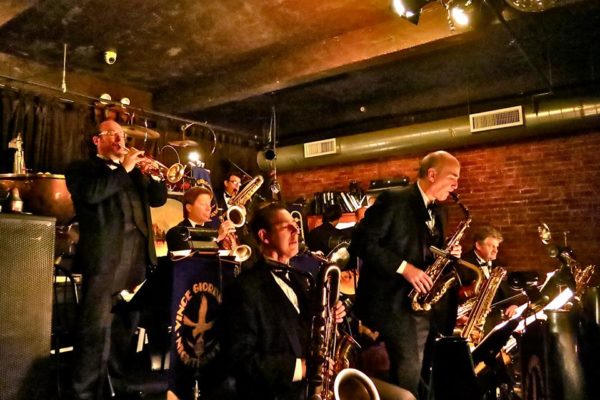
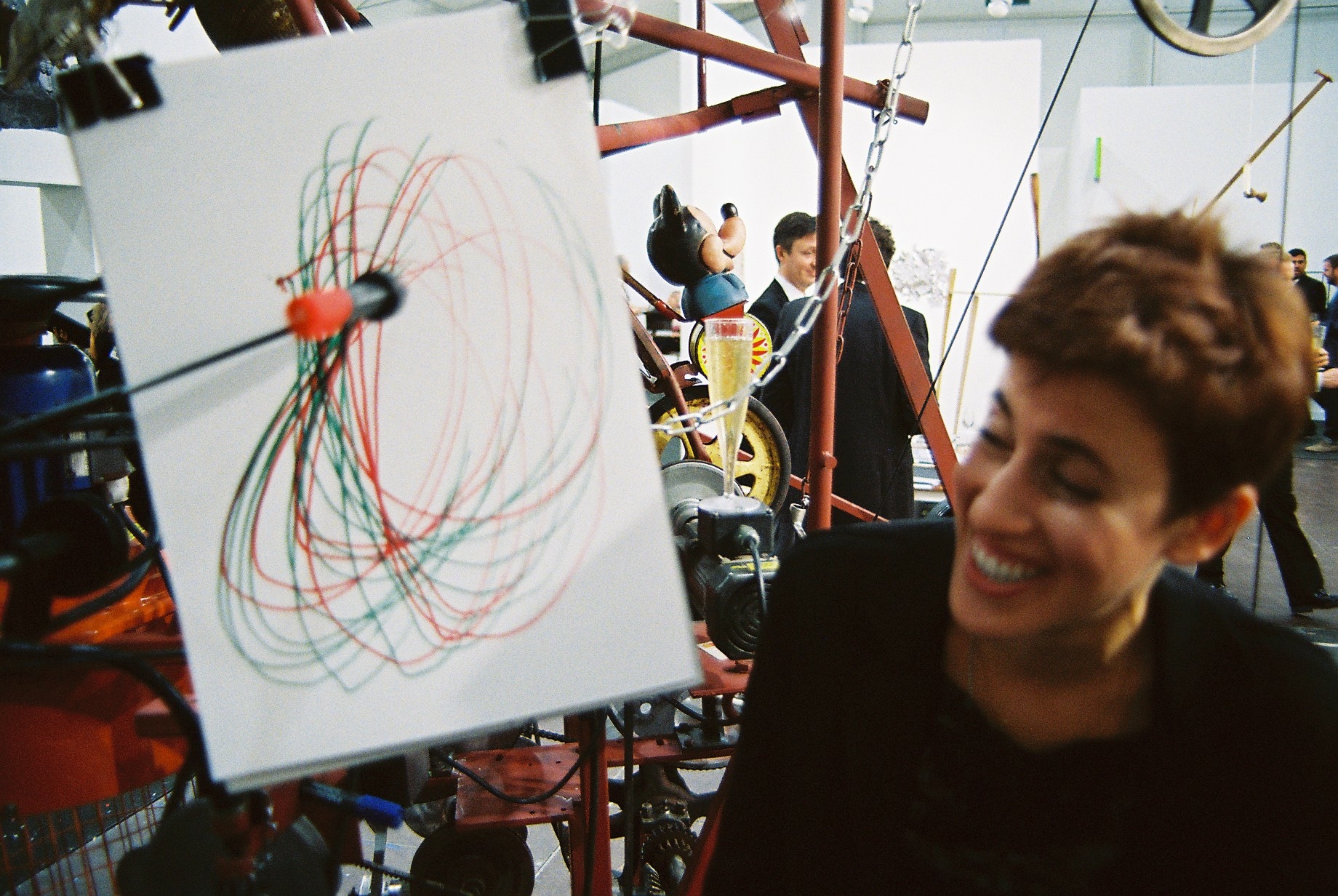
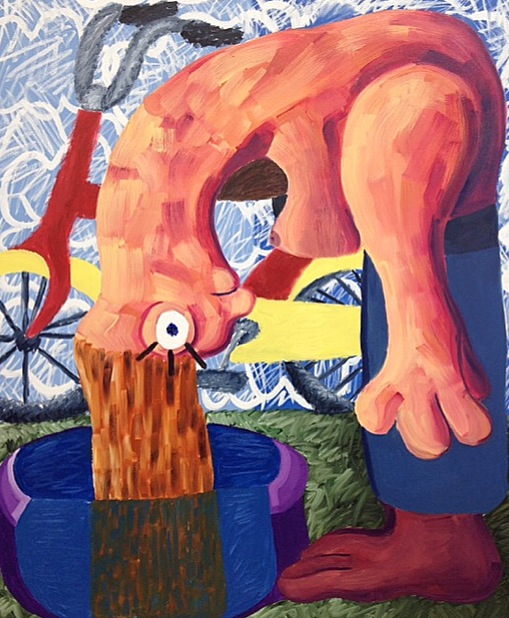
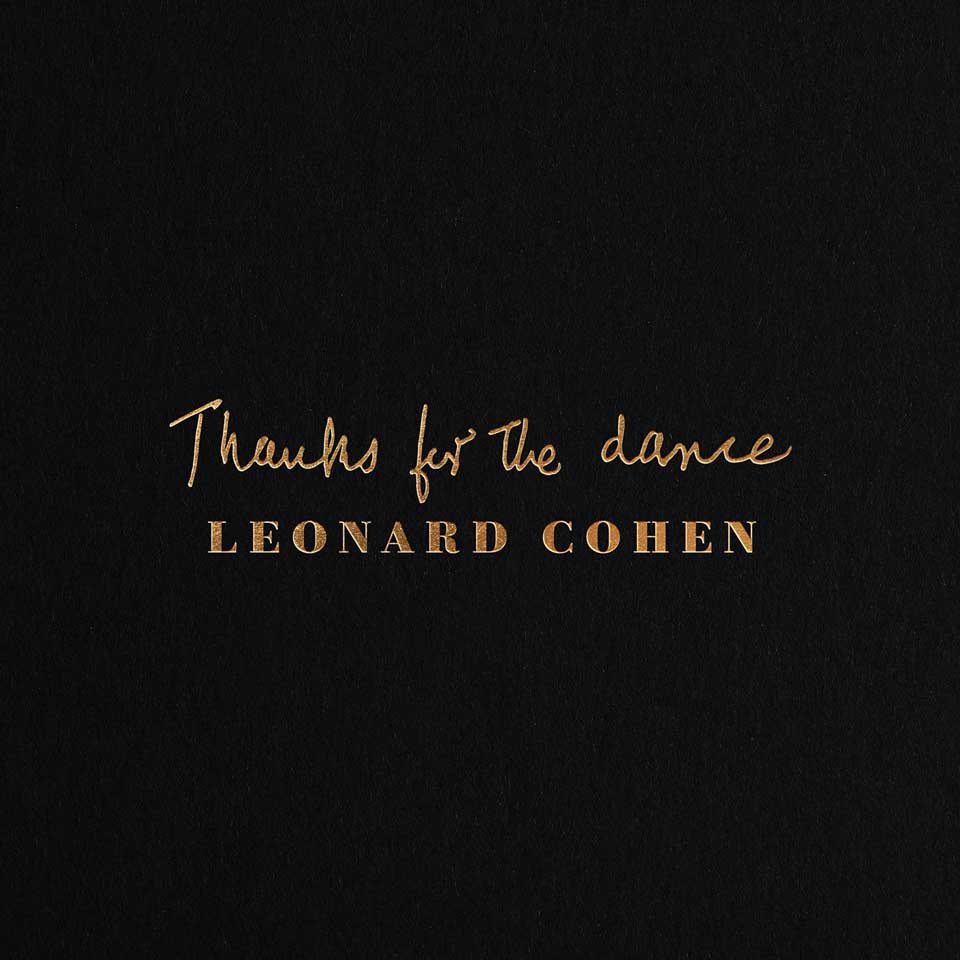
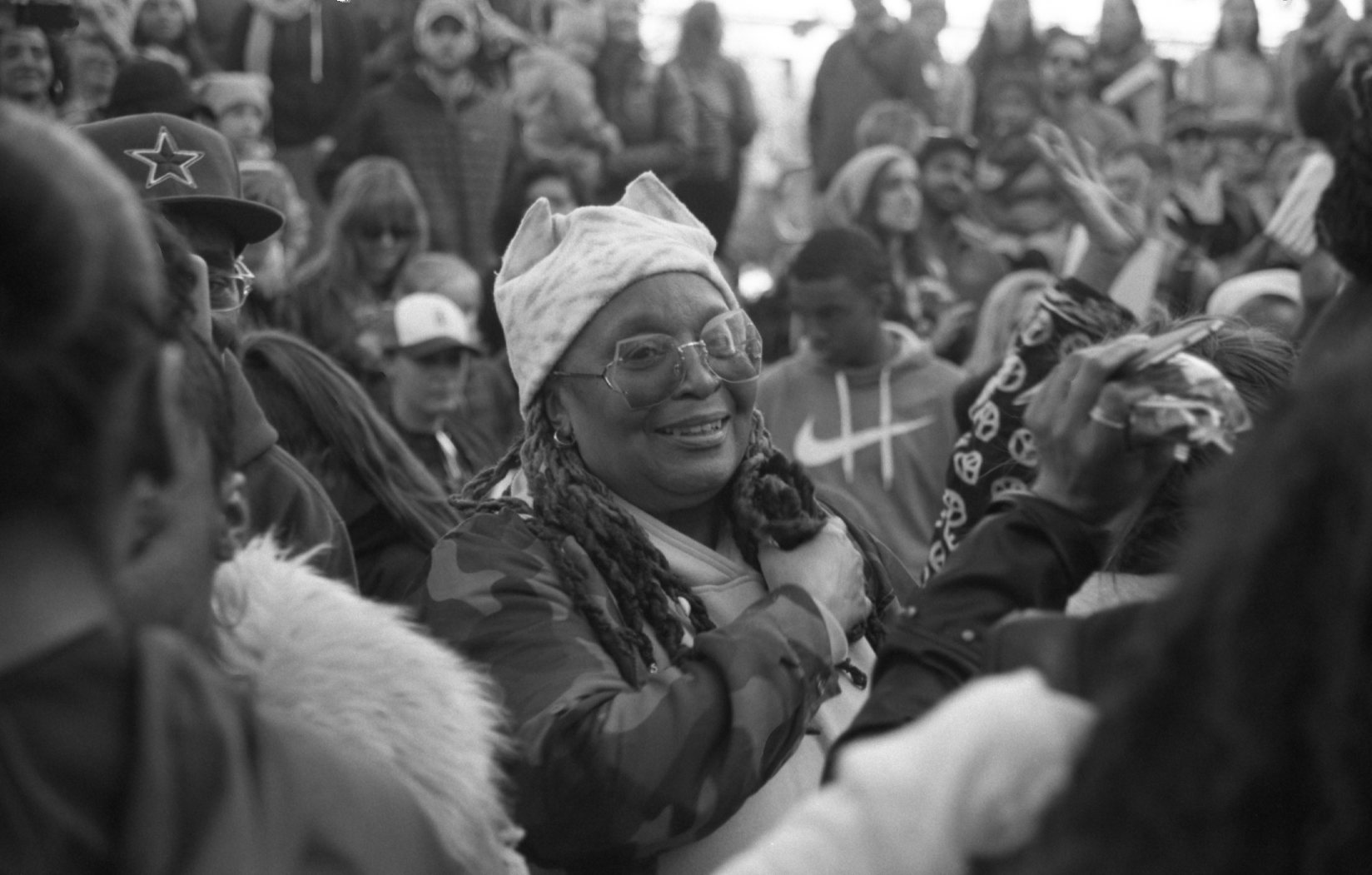
All the best to Vince and his band – a truly fine gent with real musical credibility and instincts.
Very much worth a trip to Gotham to see them at work!